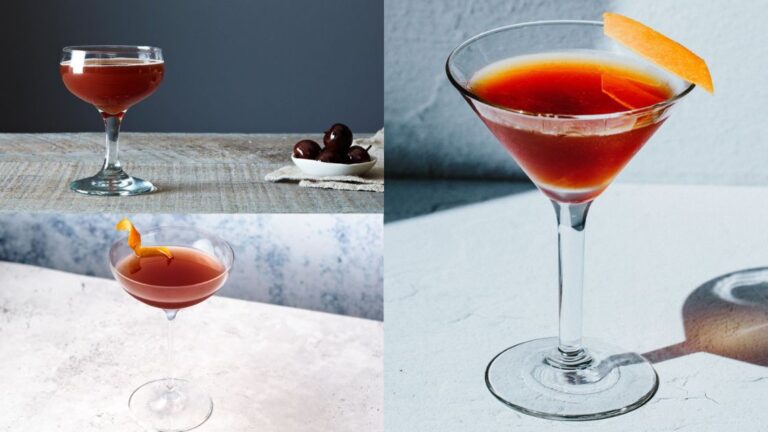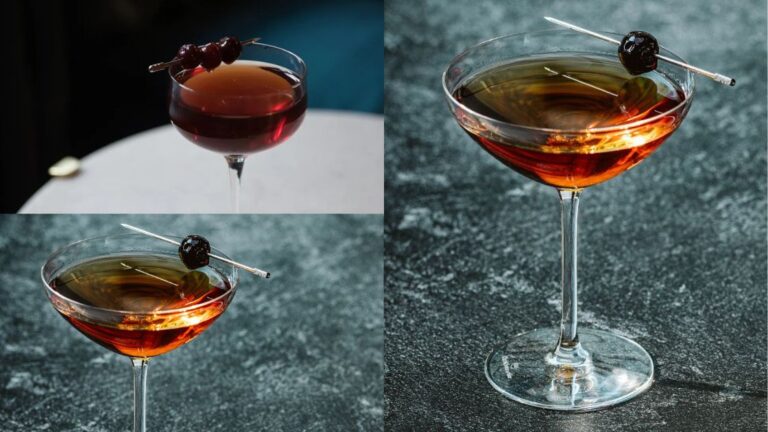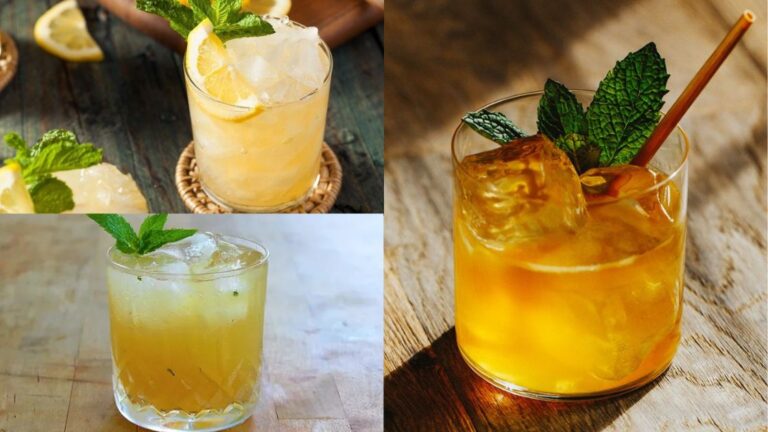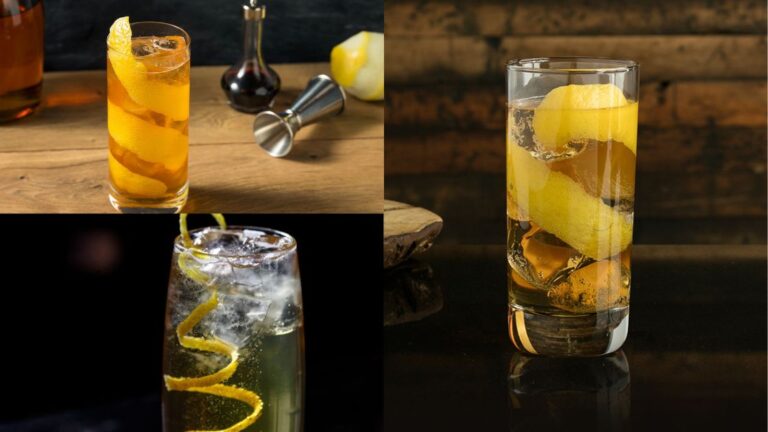Japanese whisky, a relatively newcomer in the world of distilled spirits, has rapidly carved out a prestigious niche in the global market. Its journey began in the early 20th century, borrowing techniques and styles from Scottish whiskey-making traditions, yet quickly evolving to acquire a unique identity. The meticulous attention to detail and a relentless pursuit of perfection in the distillation process have become hallmarks of Japanese whisky, setting it apart from its international counterparts.
In recent years, the demand for Japanese whisky has surged worldwide, propelled by its nuanced flavors and a growing fascination with Japanese culture. Connoisseurs and casual drinkers alike are captivated by its range of subtle and complex tastes, often characterized by a smoothness and a delicate balance of ingredients. This global acclaim has brought Japanese whiskey numerous international awards, further cementing its status as a premium spirit.
Despite its acclaim, or perhaps because of it, a question arises among enthusiasts and newcomers alike: Is there a right way to enjoy Japanese whisky? This article delves into the heart of that question, exploring traditional and modern drinking methods, cultural perspectives, and expert opinions. Whether you’re a seasoned aficionado or a curious beginner, understanding the diverse ways to appreciate Japanese whisky can enhance your drinking experience and deepen your appreciation for this exquisite spirit.
Understanding Japanese Whisky
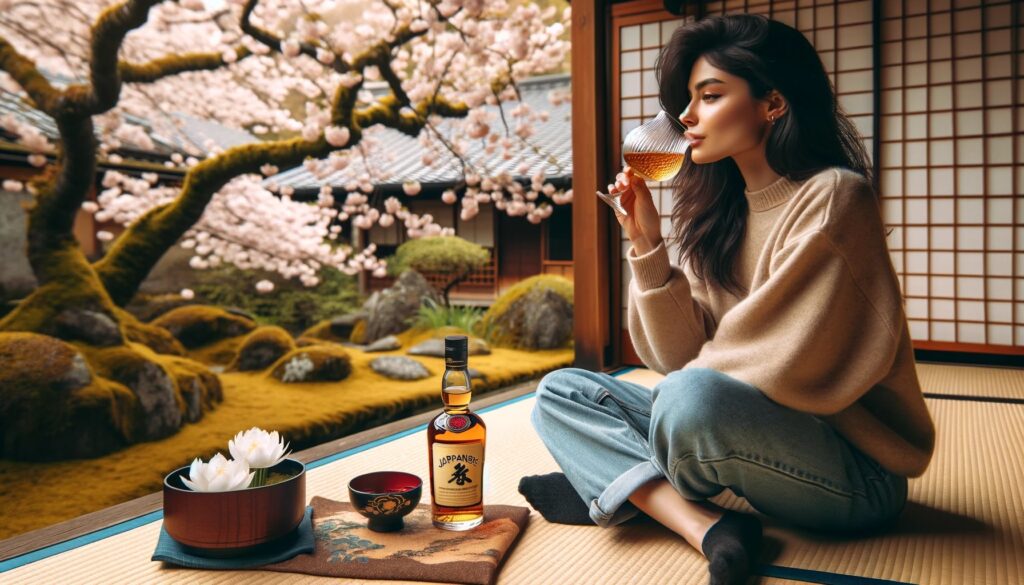
The story of Japanese whisky begins with its origins and influences, deeply rooted in the country’s culture of meticulous craftsmanship and precision. The journey of Japanese whisky can be traced back to the early 20th century when Masataka Taketsuru, known as the “father of Japanese whisky,” traveled to Scotland to learn the art of whiskey-making. Upon his return, he blended Scottish techniques with unique Japanese sensibilities, laying the foundation for a distinct genre of whisky.
Origins and Influences
- Masataka Taketsuru’s study in Scotland and partnership with Shinjiro Torii, the founder of Suntory.
- The role of Japan’s natural environment, including climate and water quality, in shaping the whiskey’s character.
- The influence of traditional Japanese craftsmanship and attention to detail in the distillation and aging process.
Distinctive Features Compared to Other Whiskies
- Unlike Scotch or Irish whiskey, Japanese whisky often exhibits a smoother, more subtle flavor profile.
- The precision in blending and balance of flavors, often leading to a cleaner and more refined finish compared to the robust profiles of American whiskies.
- The use of unique Japanese oak (Mizunara) for aging, which imparts distinct flavors not found in other whiskies.
Key Producers and Brands
- Suntory, with its renowned brands like Yamazaki and Hibiki, epitomizes the elegance and complexity of Japanese whiskey.
- Nikka, founded by Masataka Taketsuru, offers a diverse range of flavors, with Yoichi and Miyagikyo being flagship expressions.
- Chichibu, a newer distillery, has gained international acclaim for its innovative approach and limited-edition releases.
- Other notable distilleries like Hakushu, Mars Shinshu, and Kirin, each contributing to the diverse tapestry of Japanese whiskey.
In understanding these aspects of Japanese whiskey, one appreciates not just the spirit in the glass, but the rich history and culture that have shaped its creation. This appreciation is a step towards answering whether there’s a “right” way to drink Japanese whiskey, recognizing that its enjoyment is as much about the journey and the craftsmanship as it is about the taste.
Traditional Japanese Whisky Drinking Methods
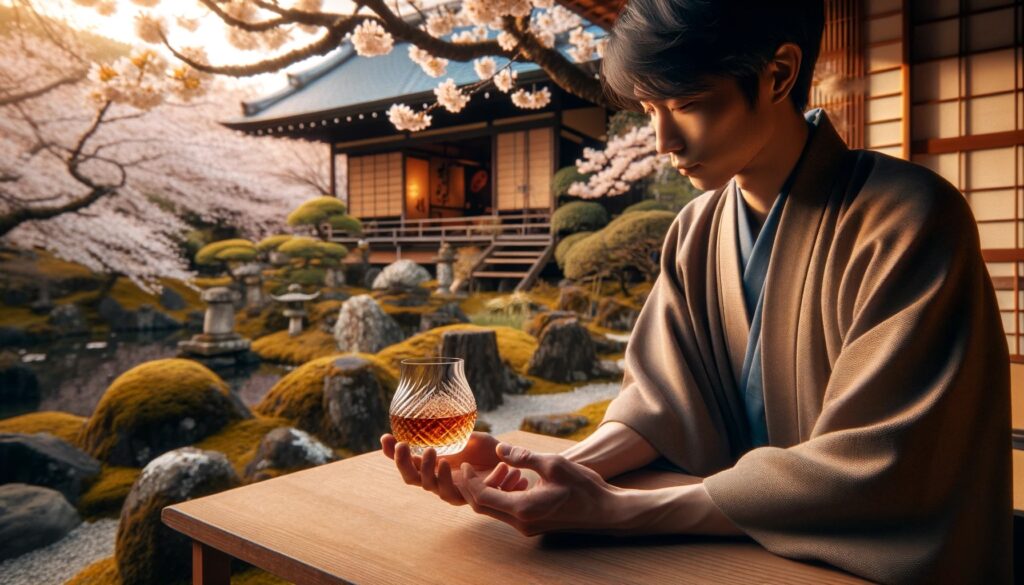
Japanese whiskey, renowned for its elegance and complexity, can be enjoyed in several traditional ways. Each method offers a unique experience, highlighting different aspects of the whiskey’s character.
Neat: The Purist Approach
- Drinking whiskey neat is perhaps the most direct way to appreciate the spirit’s true essence.
- This method allows for an unadulterated experience of the whiskey’s aroma, flavor, and texture.
- Purists argue that enjoying whiskey neat is the best way to discern the subtle nuances and craftsmanship behind each bottle.
With Water: The Impact of Dilution on Flavor
- Adding a few drops of water to Japanese whisky is a common practice, believed to “open up” the flavors.
- Water can reduce the alcohol’s strength, making the whiskey smoother and more approachable, especially for those new to the spirit.
- This method can enhance certain flavors and aromas, making them more perceptible and enjoyable.
On the Rocks: Temperature and Dilution from Ice
- Enjoying whiskey on the rocks, or with ice, is a popular method, especially in warmer climates.
- The ice cools the whiskey, which can be refreshing and can also slightly mellow the intensity of the alcohol.
- As the ice melts, it gradually dilutes the whiskey, subtly changing its character and allowing different flavors to emerge over time.
Each of these traditional methods has its advocates and can offer a different perspective on the same whiskey. The choice often depends on personal preference, the characteristics of the specific whiskey, and even the occasion or setting. Understanding these methods is a key step in exploring the rich world of Japanese whiskey and finding one’s own preferred way to enjoy it.
Modern and Innovative Ways to Enjoy Japanese Whisky
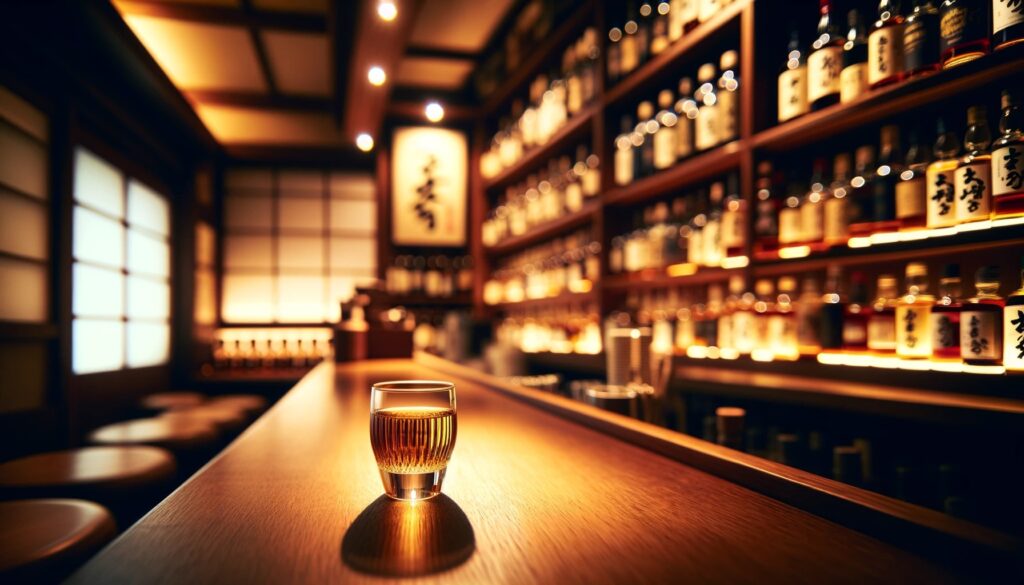
While traditional methods remain popular, Japanese whisky also lends itself to modern and innovative styles of consumption. These methods have expanded the appeal of Japanese whisky, attracting a wider range of enthusiasts and offering new ways to appreciate its versatility.
Cocktails: Popular Whisky Cocktails in Japan
- Japanese whisky has become a favored ingredient in cocktail bars, both in Japan and globally.
- Classic cocktails like the Old Fashioned or Manhattan take on a new character with Japanese whisky, often becoming smoother and more nuanced.
- Innovative cocktails unique to Japan, such as the Whiskey Umeshu (a blend of whiskey and plum wine), showcase the spirit’s versatility in combination with traditional Japanese ingredients.
Highball: Cultural Significance and Preparation
- The whiskey highball, a simple mix of whiskey and sparkling water, is immensely popular in Japan.
- It’s not just a drink but a cultural phenomenon, often associated with relaxation and socializing after work.
- The preparation of a highball is considered an art – the right balance of whiskey and water, the type of ice, and even the glassware play a crucial role in its enjoyment.
Food Pairings: Complementing Japanese Whisky with Food
- Unlike many other spirits, Japanese whiskey pairs exceptionally well with a wide range of foods.
- The right whiskey choice can enhance traditional Japanese dishes like sushi or yakitori by creating a harmonious balance of flavors.
- More experimental pairings include western dishes like cheese or chocolate, offering a delightful contrast of tastes and textures.
These modern methods of enjoying Japanese whisky not only respect the spirit’s heritage but also encourage experimentation and personalization. They represent the dynamic and evolving nature of Japanese whiskey culture, inviting enthusiasts to explore beyond the conventional and discover their own preferred ways to enjoy this versatile spirit.
Cultural Perspectives
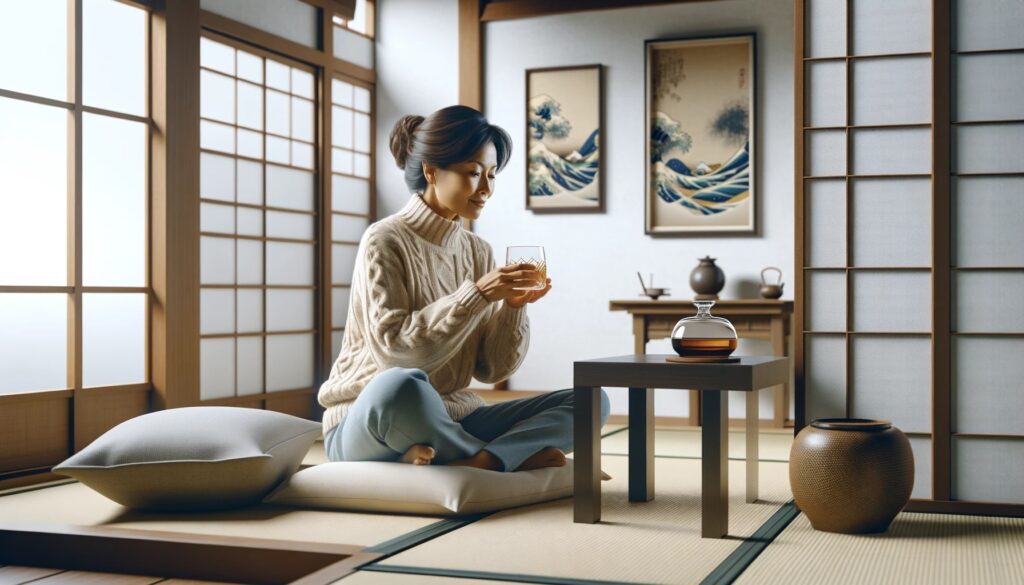
The consumption of Japanese whiskey is deeply intertwined with cultural practices and social norms, offering a fascinating contrast to Western drinking traditions. Understanding these perspectives provides insight into the significance of whiskey in Japanese society and its global appeal.
Perception in Japanese Culture
- In Japan, whiskey drinking is often associated with social bonding and relaxation.
- There’s a strong emphasis on the communal aspect of drinking, where sharing a bottle of whiskey is seen as a gesture of friendship and hospitality.
- Whiskey is also appreciated for its craftsmanship, reflecting the Japanese cultural emphasis on detail, precision, and mastery.
Comparison with Western Drinking Norms
- Western whiskey culture often focuses on the individual experience of tasting and savoring, especially in contexts like whiskey tastings or collector circles.
- In contrast, Japanese whiskey culture tends to prioritize the social and communal aspects of drinking, with a greater emphasis on harmony and shared experience.
- The Western approach often venerates age and rarity, whereas Japanese whiskey culture also respects the blend and balance, regardless of age.
Role of Social Settings and Ceremonies
- Drinking whiskey in Japan is often part of social rituals, like after-work gatherings or during special celebrations.
- There’s a ceremonial aspect to serving whiskey, especially in formal settings, which reflects the broader Japanese culture of respect and etiquette.
- Whiskey bars in Japan, known for their intimate and serene ambiance, are a testament to the reverence held for the drinking experience, focusing on the enjoyment of the spirit in a tranquil setting.
The cultural nuances of whiskey drinking in Japan versus the West reveal a fascinating blend of tradition, social interaction, and appreciation for the spirit. These differences highlight the diverse ways in which Japanese whiskey can be enjoyed, influenced by the setting, company, and cultural context.
Expert Opinions
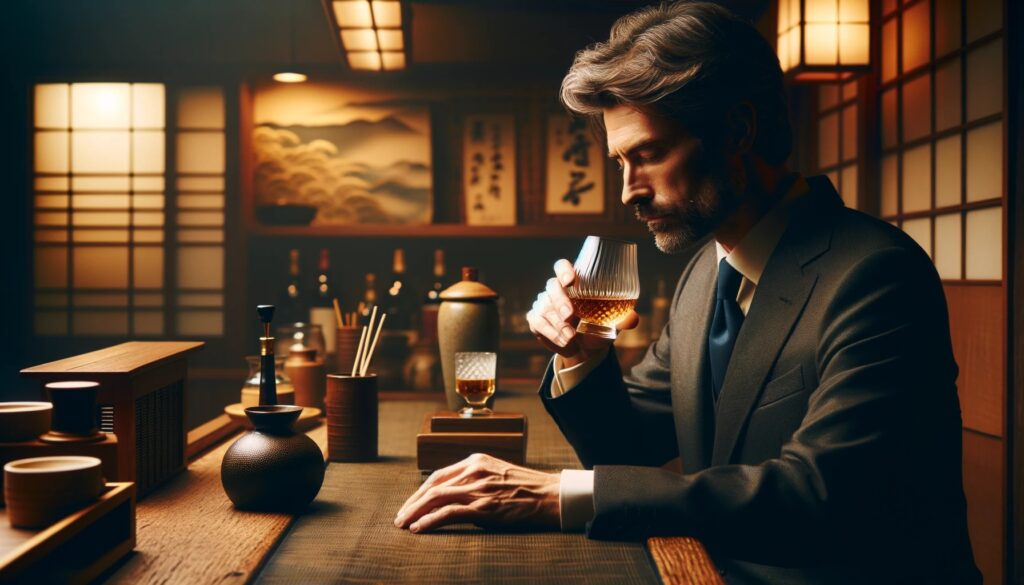
To gain a deeper understanding of Japanese whiskey, it’s insightful to turn to the voices of industry experts – sommeliers, distillers, and connoisseurs. Their perspectives shed light on the nuances of this revered spirit, offering valuable insights and dispelling common myths.
Interviews and Quotes from Whisky Sommeliers and Distillers
- A master distiller might emphasize the importance of understanding the whiskey’s origin, ingredients, and aging process to truly appreciate its character.
- A whiskey sommelier may share personal anecdotes about guests discovering their favorite ways to enjoy Japanese whiskey, whether neat, with water, or in cocktails.
- Distillers often discuss the evolving nature of Japanese whiskey, highlighting the experimentation and innovation occurring in the industry.
Insights on Preferred Methods and Personal Preferences
- Experts often stress that the ‘best’ way to drink whiskey is subjective and should be guided by personal preference.
- Some may prefer the traditional neat method to fully engage with the whiskey’s complexity, while others might advocate for the refreshing simplicity of a highball.
- The idea of ‘right’ or ‘wrong’ ways to drink whiskey is often challenged, encouraging drinkers to explore and find what suits their palate.
Debunking Myths and Common Misconceptions
- A common myth is that older whiskies are always better. Experts explain that age is just one factor in quality, and younger whiskies can also offer exceptional experiences.
- Another misconception is that whiskey should only be drunk neat to be truly appreciated. Experts clarify that adding water or enjoying it in a cocktail can also reveal different facets of the whiskey.
- The myth of Japanese whiskey being just a replica of Scotch is debunked, with experts pointing out the unique characteristics and innovations that set it apart.
By incorporating these expert opinions, the article can provide a well-rounded understanding of Japanese whisky, encouraging readers to explore this spirit with an open mind and an appreciation for its depth and diversity.
Global Trends and Adaptations

The rising popularity of Japanese whisky has not only brought it onto the world stage but has also led to various adaptations and interpretations, reflecting the unique cultural and taste preferences of different countries. This global journey has influenced both how Japanese whiskey is consumed and how traditional practices have evolved.
Consumption Around the World
- In the United States and Europe, Japanese whisky is often appreciated in the context of high-end bars and whiskey tastings, focusing on its premium and exclusive nature.
- In Asian countries outside Japan, such as China and South Korea, Japanese whisky is often enjoyed in social settings, similar to Japan, but with a greater emphasis on pairing with local cuisines.
- In Australia and New Zealand, there’s a growing trend of using Japanese whiskey in innovative cocktails, blending Western mixology techniques with the distinct flavors of the whiskey.
Adaptations and Variations in Different Countries
- American whiskey enthusiasts might prefer Japanese whisky with a higher ABV (alcohol by volume), enjoying the robust flavors neat or in classic cocktails.
- In Europe, there’s an interest in exploring the subtleties of different Japanese whiskys, leading to a more nuanced appreciation and pairing with European cuisines.
- In some parts of Asia, the highball has been adapted with local ingredients, creating unique variations that reflect regional tastes.
Impact of Global Trends on Traditional Practices
- The global demand for Japanese whisky has led to shortages of aged stock, influencing distilleries to innovate with younger whiskeys and different aging techniques.
- The international acclaim has encouraged Japanese distillers to experiment more boldly, leading to new expressions and limited editions targeted at the global market.
- Conversely, the global popularity of Japanese whisky has also led to a renewed interest in traditional drinking methods and appreciation within Japan, as locals rediscover the cultural heritage of their whiskey.
As Japanese whisky traverses the globe, it adapts and evolves, reflecting a blend of local and international influences. This dynamic interplay between global trends and traditional practices showcases the spirit’s versatility and enduring appeal.
Conclusion
The exploration of Japanese whisky reveals a world rich in tradition, innovation, and cultural significance. From its meticulous crafting in distilleries across Japan to its diverse consumption methods worldwide, Japanese whisky is a testament to the art of distillation and the universal appeal of a finely crafted spirit.
Summarizing Key Points
- Japanese whisky, rooted in Scottish traditions but distinctly Japanese in execution, offers a unique blend of precision, subtlety, and complexity.
- Traditional consumption methods like drinking it neat, with water, or on the rocks each offer a different lens through which to appreciate its nuances.
- Modern adaptations, including cocktails and food pairings, showcase its versatility and adaptability to different tastes and contexts.
- The cultural perspectives, expert opinions, and global trends highlight the multifaceted nature of Japanese whisky and its evolving narrative in the world of spirits.
Emphasizing Versatility and Personal Nature
- The journey through the world of Japanese whisky underscores its versatility, capable of pleasing a wide range of palates and fitting various occasions.
- There is no singular ‘right’ way to enjoy Japanese whisky; rather, its enjoyment is a personal journey, dependent on individual preferences and contexts.
Encouragement to Explore
- This exploration invites enthusiasts and newcomers alike to delve into the world of Japanese whisky, encouraging an open mind and a willingness to experiment.
- Whether you’re a seasoned connoisseur or a curious beginner, the world of Japanese whisky offers a rich and rewarding experience. There’s a style, flavor, and method of consumption to suit every preference, waiting to be discovered.
In conclusion, the essence of enjoying Japanese whisky lies in the journey of exploration. It’s an invitation to discover not just a drink, but a culture, a craft, and a personal taste experience. As you embark on this journey, remember that the best way to enjoy Japanese whisky is the way that resonates most with you.

